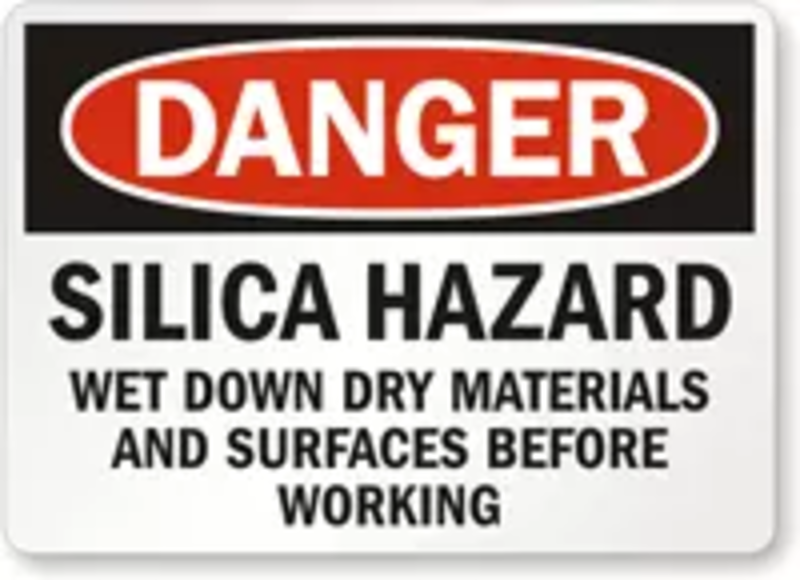The Dangers of Silica Inhalation

It takes just a
very small amount of inhalation of crystalline silica particles to cause
serious problems to plant workers. Initial symptoms include but are not limited
to shortness of breath, weakness and weight loss. Many cases of Silicosis can be shown to eventually
lead to lung cancer, pulmonary and kidney disease. Crystalline silica is found in virtually every
type of industrial environments. The largest areas of exposures are caused by the
everyday factory operations such as abrasive blasting, cement and brick
manufacturing, asphalt pavement manufacturing, china and ceramic manufacturing
and the tool and die industries. In addition, the manufacturing of adhesives,
paints, soaps and glass are made with crystalline silica.
OSHA has
established a “Permissible Exposure Limit (PEL). This is the maximum amount of
crystalline silica that employees may be exposed during an 8 hour work shift.
There is also a requirement for all employees who may be exposed to crystalline
silica to undergo hazard communication training. Furthermore, a “Respirator
Protection Program” must be in place unless and until engineering controls have
been installed.
Currently
employers are replacing crystalline silica whenever possible. Employers are
providing N95 NIOSH (National Institute for Occupational Safety and Health) certified
respirators. Employees are encouraged to wear disposable or washable clothes
and to shower at the facility prior to leaving. Work clothes should be vacuumed
prior to washing to remove as much as dust as possible. And anyone working with
crystalline silica should not eat, drink, smoke or apply cosmetics. The dust
can easily get on food or anything that a person’s skin can absorb or anything
that can be swallowed. Smoking is of particular concern. It can only add on to
any damage already caused by crystalline silica exposure. It is so important that these rules and
regulation be followed. Acute silicosis may occur in as little as a few months
and even up to 2 years following exposure.
There are several
ways to help reduce the amount of
crystalline silica dust in the air. Applying water to the saw blade, grinding or drilling
device during operation significantly reduces dust buildup. The use of
commercially available local exhaust ventilation system (LEV) is very effective
in reducing airborne dust concentrations. Both methods have some drawbacks,
water can cause slip hazards and possible water damage to the equipment. LEV
systems add weight to the equipment and raise electrical costs. However it is
better to deal with these problems and keep them under control then not using
them and dealing with the enormous health hazards if water and air filtration
were not used.
OSHA has given
notice of a proposed rule for Occupational Exposure to Respirable Crystalline
Silica. It is available in print from the Federal Register, document
2013-20997. You can read it online at https://federalregister.gov/a/201320997.